There are way too many misconceptions about minimalism out there. Let’s rephrase: minimalism isn’t about emptiness, it’s about clarity. At its core, minimalism asks: What is essential? When it comes to minimalist design, that question drives every decision. Instead of layering on decorative features, minimalist spaces often rely on the structure itself to provide beauty, order, function, and a sense of calm.
This is what makes minimalist interior design shine: the seamless floor transitions, the discreet baseboards, the doors that vanish into walls, and the built-ins that double as both function and form. They may not immediately draw attention, but they shape how a space feels and flows.
Flooring and baseboard ideas for minimalist interior design
Clean floor transitions are one of the simplest but most impactful elements in a minimalist home. Rather than using visible thresholds or abrupt material changes, minimalism favors smooth, uninterrupted lines. Microtransition profiles or flush fillers between wood, tile, or concrete allow surfaces to shift quietly.
The best part: this isn’t just aesthetic, it’s practical, too. Think wheelchair use or robot vacuums. Seamless floors improve accessibility and ease of cleaning while helping a space feel continuous and whole.
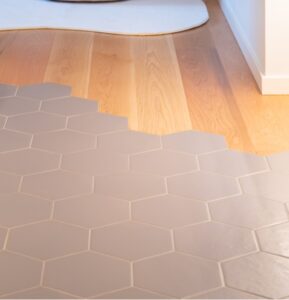
Baseboards, often overlooked, can either ground a room or clutter it visually. Minimalist design favors simple, narrow, flush, or recessed baseboards — or even shadow gaps — that blend with the wall instead of framing it. They do the same job but with a far lighter visual footprint.
Minimalist doors and walls: hidden, not absent
Minimalist doors are about integration. Frameless, flush-mounted doors with concealed hinges can disappear into walls when closed, especially when painted to match. They maintain the visual plane and eliminate unnecessary contrast. These are not design gimmicks, they’re thoughtful choices that let the architecture speak with clarity.
Wall treatments follow the same principle. Instead of bold colors or patterns, texture does the work. Lime wash, Moroccan tadelakt, or microcement adds richness and tactility without dominating the space. Wood cladding, when used, is subtle and architectural – more material expression than decoration. Even wall niches, when recessed with care, can replace the need for extra furniture or shelving, offering storage that feels inherent to the space.
Smart built-in storage: minimalist, but functional
Minimalism does not mean living without things. It means finding better ways to store them. Built-in storage allows walls to double as utility, often running floor to ceiling with no visible handles. Push-to-open systems or discreet pulls make these units feel like part of the architecture.
Floating furniture, too, lightens the room both visually and physically. Vanities, benches, and shelves that hover off the floor keep the space airy while making cleaning easier. They become part of the spatial rhythm, not interruptions to it.
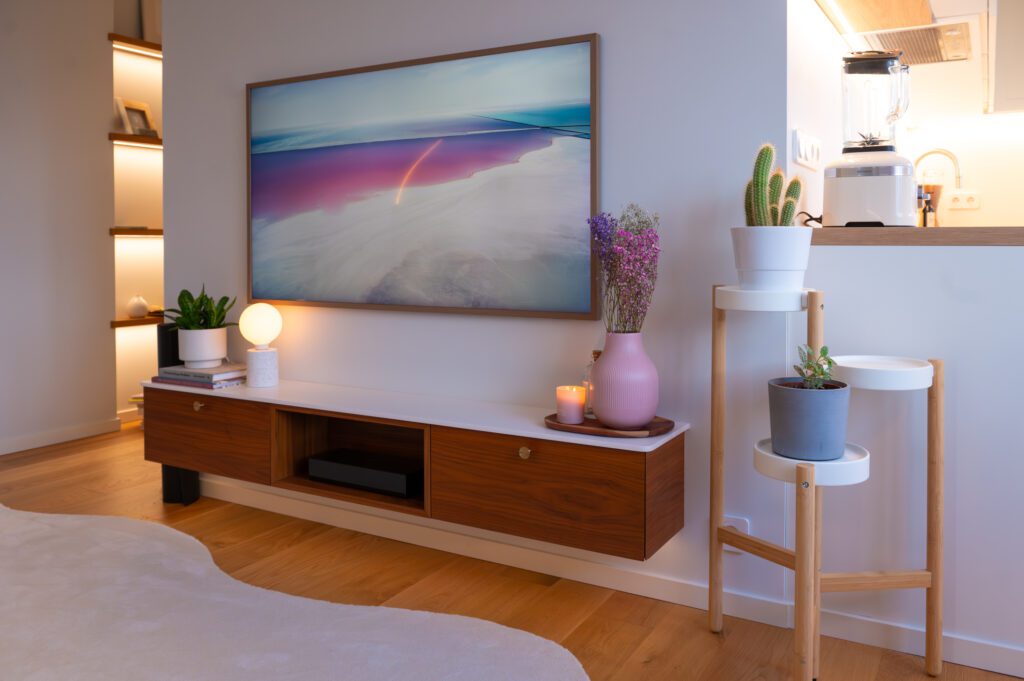
Takeaway: interior design that lasts
Minimalist architecture doesn’t demand attention, it earns it. Its strength lies in precision, in how seamlessly materials meet, how doors disappear, how storage hides in plain sight. These elements are not decorative add-ons; they are the foundation of the space.
When architecture is this thoughtful, it needs little else. The bones of the home carry the atmosphere. Everything visible is intentional. Everything hidden is doing its quiet work.
Stay tuned for part two in this minimalist interior design series to discover how minimalist styling can elevate your home.
Psst! Did this article spark new ideas on how to integrate minimalism into your home even better? I can help with making the magic happen! → https://anijarvinteriors.com/#contact
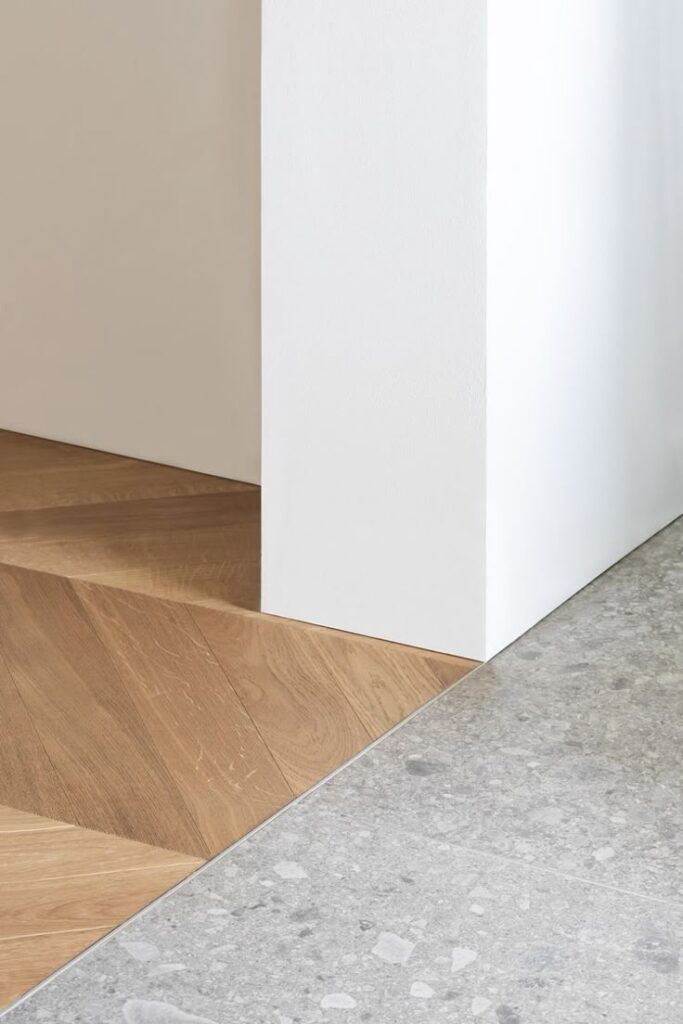
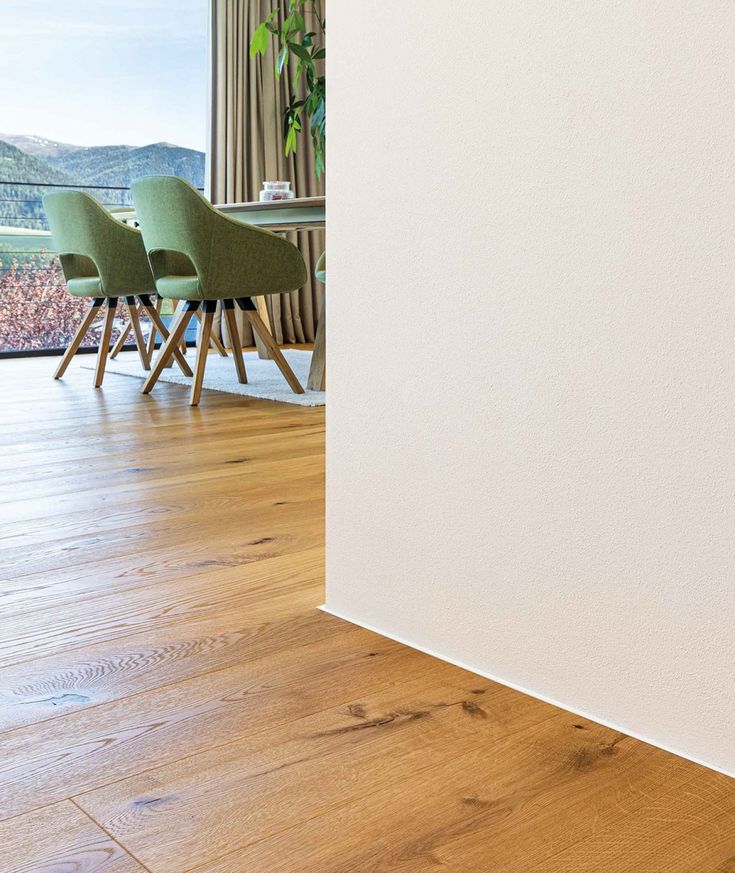
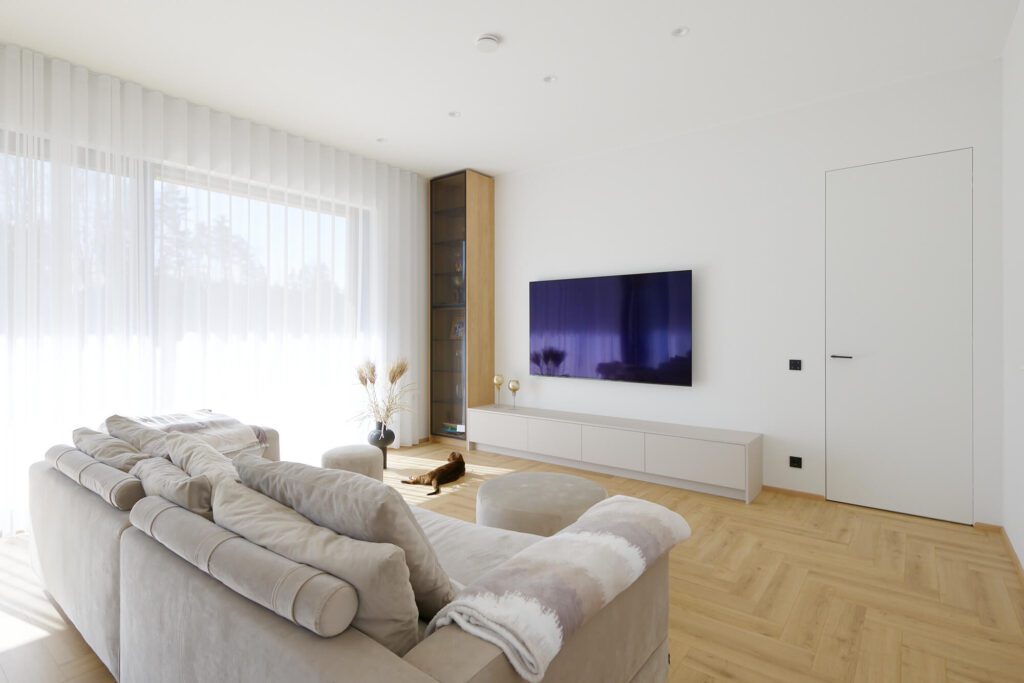
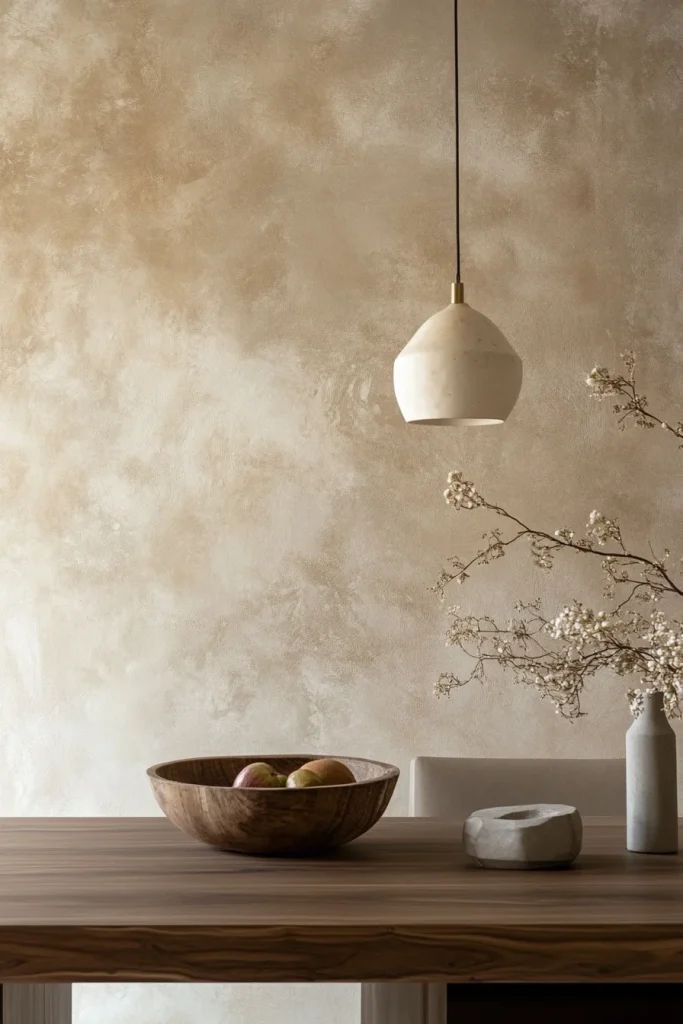
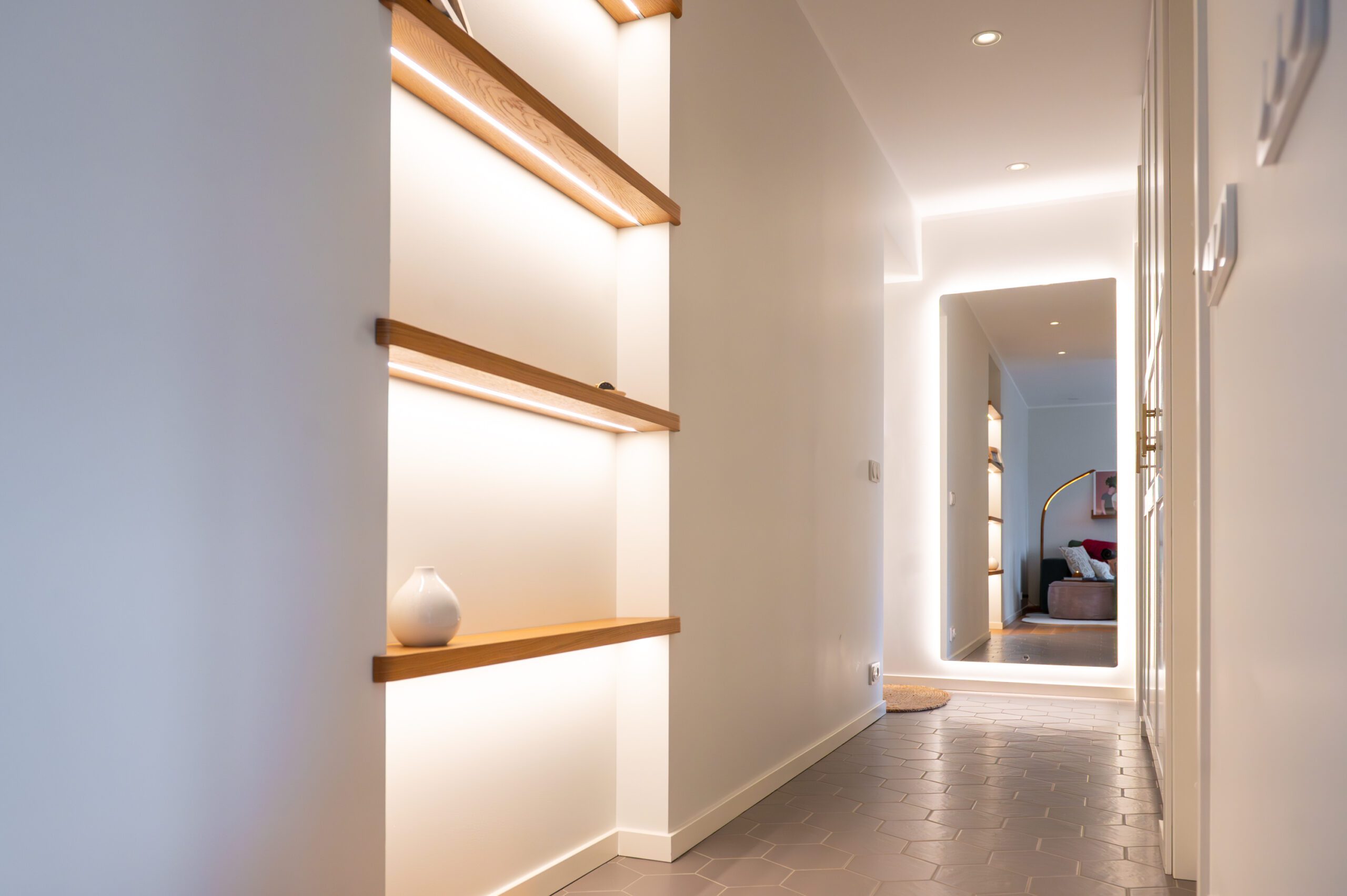
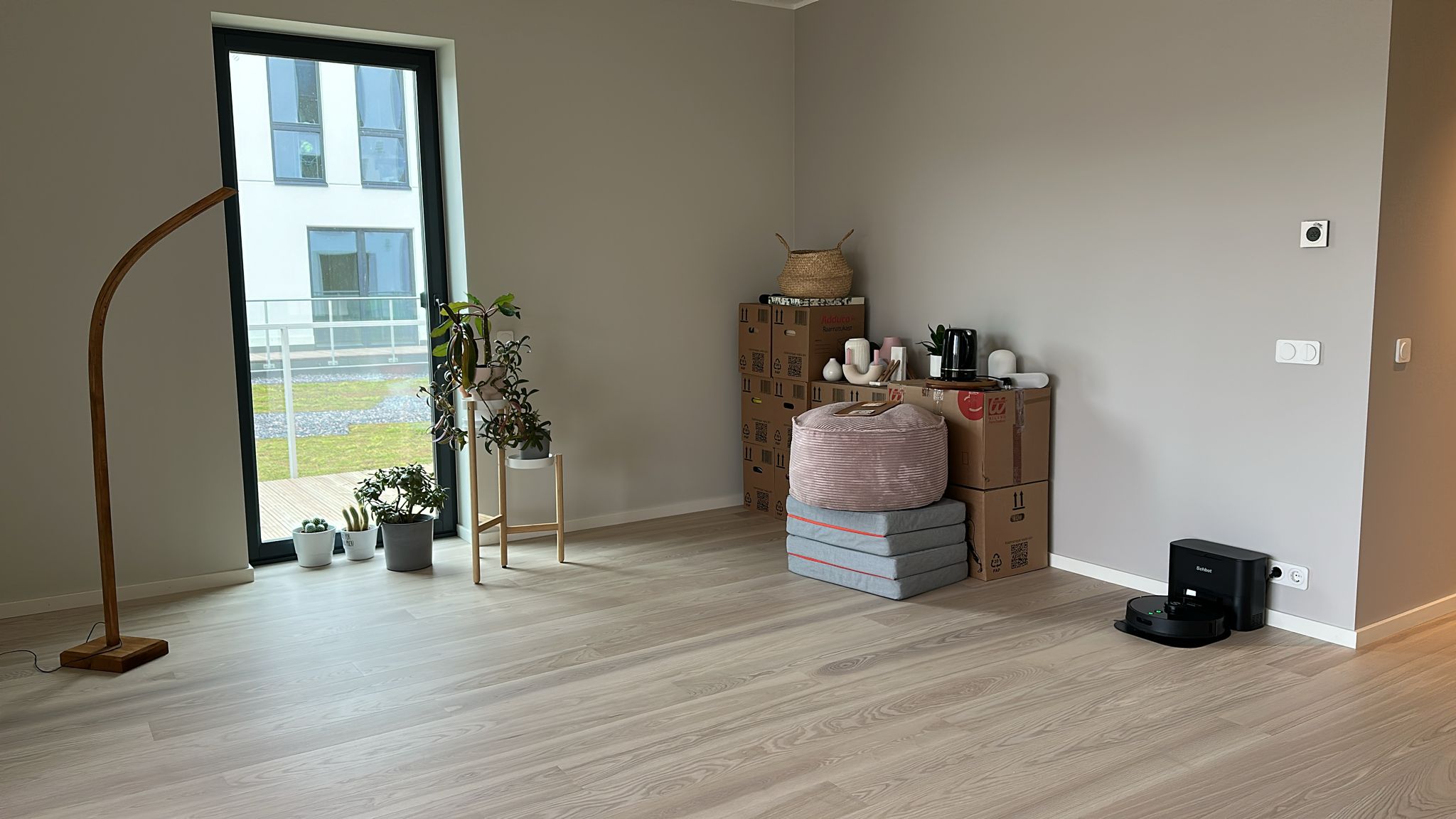
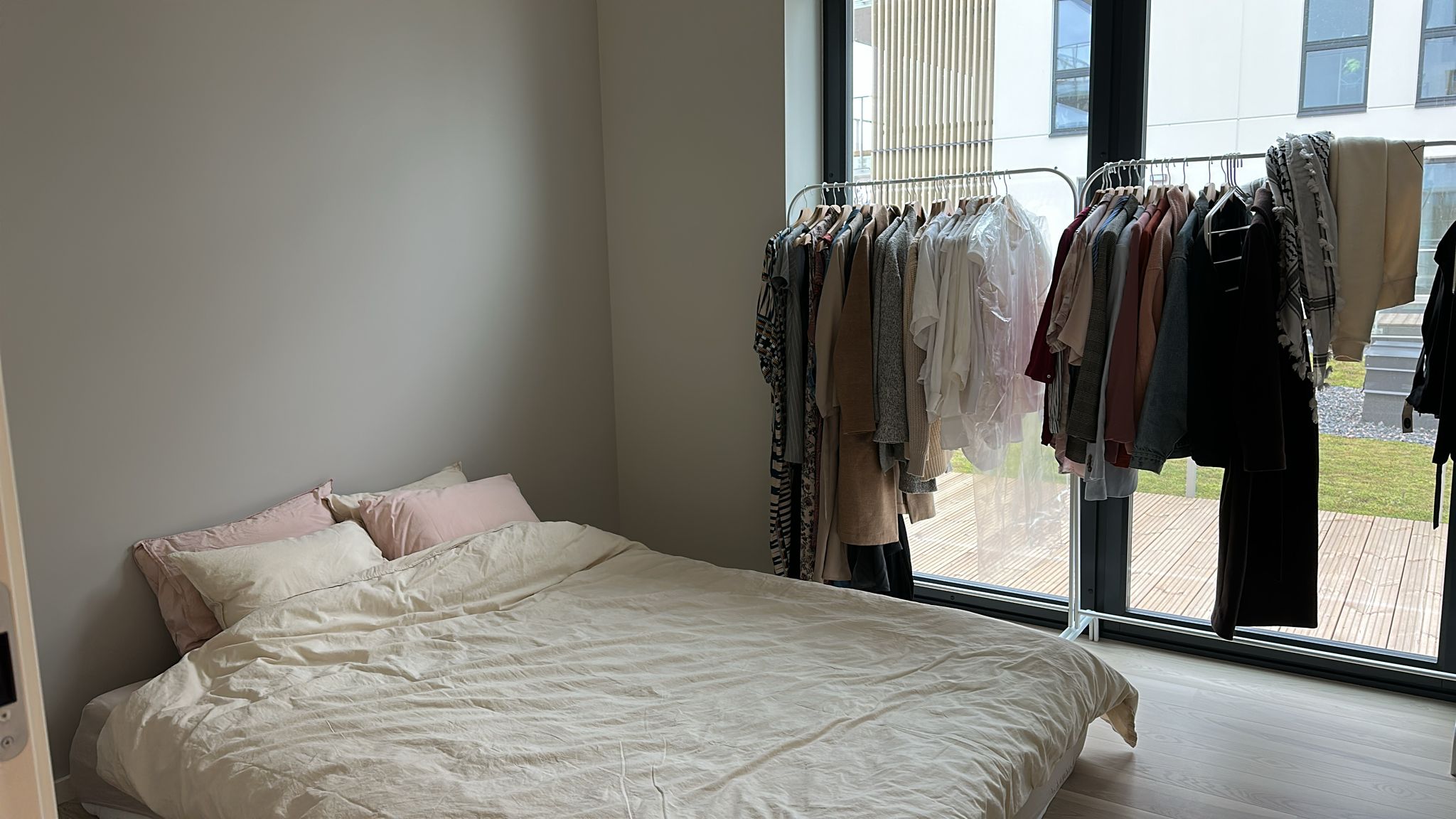
Pingback: Part two of minimalist interior design: how to style with warmth and personality - Anijärv Interiors